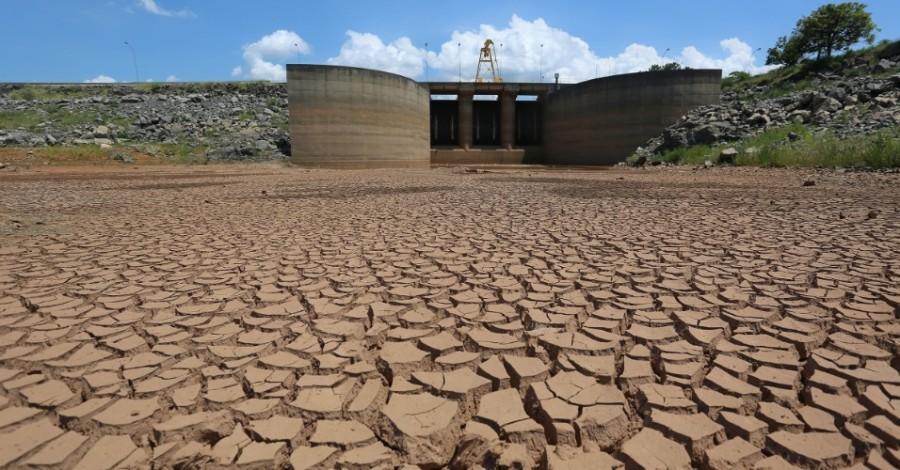A World Cup without water?
The latest obstacle facing the 2014 World Cup comes from Mother Nature herself. With the June kickoff approaching, many environmentalists and others alike are worried that the lack of rainfall in São Paulo will be an inconvenience to tourists or even potentially turn dangerous.
According to official records, São Paulo is experiencing the worst drought in its history. This year the city has experienced the lowest rainfall since the 1930s, leaving the rivers’ reservoirs dry. In fact, just this week water levels dropped to 11%.
Many citizens have filed complaints with Sabesp (the state water supplier) about the amount of water they have been receiving in their homes. While the government affirms that the city does not have a rationing cycle, it’s not unusual for Paulistas to have experienced their water supply being cut periodically during the course of a week.
Water conservation specialists such as Paulo Costa argue that a rationing system is necessary to conserve the water, but the government needs to approach it in an organized way. “If it continues like this, it will be a big joke during the World Cup,” Costa told the press in a statement published in the Telegraph. “It’s extremely serious and we’re close to the World Cup – the government doesn’t do its homework about what we need to do. We’re in this situation where rationing is imminent.
“The country with the biggest supply of water in the world has a big problem with water rationing. And one of the biggest metropolises in the world, São Paulo, doesn’t have water for visitors for one of the biggest global events.”
In terms of conservation practices, Graded is already ahead of the game. Earlier in the school year, Graded’s GIN group already took many steps to heighten the conservation of water within our community, namely with its implantation of timed water faucets and a more efficient flush system.
Whether the government chooses to implement a stricter water conservation policy during this drought or not, officials agree that it is always a good idea to practice eco-friendly ideas at home. Understandably, many conservation practices are not practical for the average homeowner. To help out, Planetsave, a website that offers information on ways to live a more sustainable life, presented its top ten tips to help people save water.
One of Planetsave’s most notable suggestions is to consider how much water is used to produce the foods that make up a person’s daily diet. Many people do not realize the amount of water it takes to produce some drinks such as coffee (140 liters per cup) and milk (1000 liters per liter) as well as some meat products such as beef (16,000 liters per pound). These figures are thoroughly considered, as they include the amount of water used in production and transportation of goods.
The website provides a link to a water calculator (here), but the group’s general suggestion is to try to reduce the amount of meat eaten on a weekly basis as well as reduce the amount of processed, modified, or imported goods, as these are the goods that require the most water. In addition to saving water, these actions would also lessen the carbon footprint.
While the citizens of São Paulo continue to hope for rainfall in time for the World Cup, the implications of a drought reach far beyond just this special event. As many of the conservation practices are simple, ranging from turning off the faucet completely to Meatless Mondays, we should all try to be more conscious of our daily water use.
Sources: Planetsave.com, thetelegraph.co.uk

Andrea has been on staff for the last three years, working in the Sports section when it still existed, then moving to News. She enjoys playing soccer...






